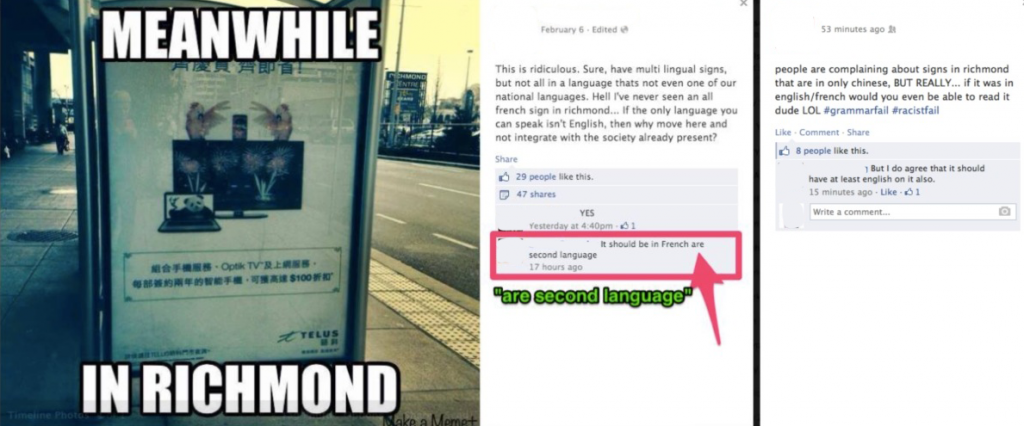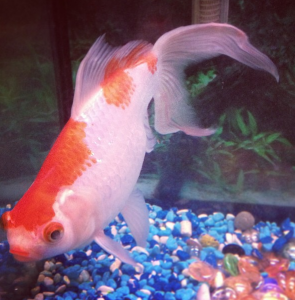I was assigned pages 69-81 in Thomas King’s Green Grass Running Water. I chose specifically to focus on three characters from those pages: Ahdamn, First Woman, and Cereno. They share a similar story that goes beyond time and space and seem to parallel and push at each other.
Ahdamn
Ahdamn is one of those names that must be said orally in order to understand its reference. It is here that Thomas King merges orality and literacy together. I had initially, before understanding the reference, pronounced Ahdamn’s name in my head as “Ah, dam”. Ahdamn is the biblical Adam and King’s choice to rename Adam helps in “signifying his literal damnation” (Davidson et al. 45).
However, in the excerpt I was assigned, Ahdamn takes up another name: Tonto. Tonto is an American-imagined Indian and sidekick to the Lone Ranger. He was introduced on the radio waves in 1933, a month after The Lone Ranger aired. He was portrayed as a wise and fiercely loyal Indian with broken English, but stereotypical of Indian portrayals of the time.
The rangers in King’s story do not share the same fondness of Tonto as audiences of The Lone Ranger did. “That’s a stupid name, says those rangers. Maybe we should call him Little Beaver or Chingachgook or Blue Duck” (King 71). Again, Ahdamn is given more names, each more and more stereotypically Indian, or at least what is perceived as Indian in the to the white rangers.
In the end, Ahdamn questions First Woman. He asks, “But who is Tonto?” He never gets his answer as soldiers capture them. Perhaps by having Ahdamn ask who Tonto is, King is implying that Tonto’s existence is unknown to First Nations culture. It further proves the notion that Tonto is a white man’s creation.
First Woman
First Woman takes up many identities and can also be assumed to be many as well. From a Christian point of view, First Woman is Eve. She is the one to offer food to GOD and she and Ahdamn eat “those apples and that pizza and that fry bread” (King 69). They live in the garden and ultimately; it is First Woman’s decision to leave it.
Almost in every possible, First Woman is Eve – but only if you view it in the Christian lens. She disobeys GOD and eats the food. She leads Ahdamn out of the garden, in the same way that some Christians view Eve as the reason and the fall of mankind. However, First Woman rejects this identity.
First Woman is able to fluidly assume other identities. In my excerpt, First Woman becomes the Lone Ranger while donning the mask. In this way, she is able to hide her “racial and sexual otherness” (David et al. 106). She becomes both man and white, going from the lowest power of position (Indian and woman) to the highest (white and man).
Sergeant Cereno (and the Rangers)
I will not divulge too much into Cereno and the allusions made from King’s choice of name, but rather, I will focus on the connection between the rangers and Cereno. I believe they parallel each other in this excerpt: Cereno and the rangers are both people of the law and have a tendency of projecting their own assumptions, beliefs, and ideas upon the subjects in which they are interacting with.
In Dr. Hovaugh’s office, Sergeant Cereno’s first series of actions is to introduce himself and present his police badge to the doctor. By doing this, he has asserted his position over Dr. Hovaugh even as Cereno is the one entering a place in which he does not belong. In the same way, it is possible to extrapolate this point towards the colonization of Indigenous land. The rangers in the story of First Woman and Ahdamn are the colonizers, killing Indians and taking the land. Cereno’s power is further exemplified when Dr. Hovaugh and Cereno talk about his thirty-eight caliber gun.
Throughout Cereno’s interactions with Babo and Dr. Hovaugh, he is insistent on being called “Sergeant”. He refuses to take up any other name given to him. This is interesting to connect to Ahdamn and First Woman, who easily take up names given to them by the rangers and others alike.
The interaction between Cereno and Dr. Hovaugh can hardly be called an interaction – if you call two people talking and neither listening to the other an interaction. Cereno continues to fire questions at the doctor, while Dr. Hovaugh is lost in his world. Cereno does not care to listen, but rather tries his hardest to get the answers to the questions he is asking. He makes no effort to listen to anything else.
“So, what exactly were they being treated for?”
“Depression,” said Dr. Hovaugh.
“Are they sociopaths?”
“Good heavens, no.”
“But you said they might be dangerous.” (King 76)
The rangers are similar in the way they immediately assume First Woman to be the Lone Ranger and Ahdamn as a dangerous (and stupid) Indian. They do not ask who First Woman or Ahdamn is, but rather forces their assumptions onto them.
Names and Assumptions
As someone whom enjoys writing fiction, names are really important to me. Before I can even begin writing any type of original fiction, I spend (way too much of) my time scouring the web for the perfect name with the perfect meaning.
So it is very interesting to me the names King uses and the allusions that come along with it, either directly or indirectly. King doesn’t spend a lot of his time describing his characters to us. He will give us names and from there, we must build the character he wants us to know. Cereno and the rangers do the very same thing; they take the knowledge they have of Indians, of what is dangerous to them, of what needs to be known and not known, and paints what they will of what they think is true.
First Woman and Ahdamn, on the other hand, take on these assumptions and builds from them as well. They do not fight them like Cereno does. It’s an interesting sort of irony that develops between the rangers, and First Woman and Ahdamn. They are being fooled by the very people they call ‘stupid’.
In my opinion, I’m not sure whether it is a good or bad thing that First Woman and Ahdamn must disguise themselves in order to survive. On one hand, it’s clever and funny at the expense of the rangers. On the other hand, the idea of Indian-ness is so skewed for the rangers that First Woman and Ahdamn must adhere to them in order to avoid being killed. And all while First Woman and Ahdamn are Indian themselves.
Again, the theme of ‘what is what’ has surfaced yet again on my blog. There are so many ideas on what things should look like, be, or act. And sometimes these ideas move so far beyond reality that they become fictive realities.
First Woman and Ahdamn are Indian, but at times, they cannot afford to be Indian.
References





